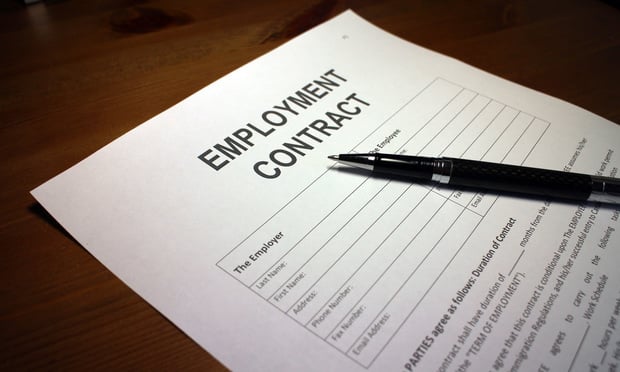Amid growing concern over how economically sustainable retirement may (or may not) be for older workers, new attention is being paid to such issues as the motives that drive individuals’ retirement decisions, as well as ways that might increase older workers’ labor force attachment so that they are more likely to augment Social Security and inadequate retirement savings.
Related: 5 best, 5 worst states for working mothers
A new paper, Work-Life Balance and Labor Force Attachment at Older Ages by economists Marco Angrisani and Erik Meijer of the University of Southern California and Maria Casanova of California State University, Fullerton, looked at work/life balance issues that can cause people aged 51–79 to quit work or to work less.
Related: Technology, work-life balance top factors in worker happiness
While so far, the paper says, economists have focused far more on “monetary incentives such as Social Security rules…, private pension arrangements…, and the availability of health insurance,” research shows that “[h]ealth shocks have been recognized as further determinants of the relative (dis)utility of work versus retirement…, as have nonmonetary characteristics of the job environment.”
What it boils down to is that women are far more likely to leave the workforce if a spouse suffers a health shock (or for other caregiving) than men are; if there’s an imbalance between the job and the needs of life outside the office, women are more likely to respond by leaving the job to satisfy family needs, whether that’s by transitioning to part-time work or retiring altogether.
Women, in fact, are significantly “more likely … than males to actually retire” in response to a lack of work/life balance.
In addition, if a job provides latitude to respond to family needs, such as caregiving, doctor visits or other obligations, it’s more likely that the worker will remain employed; if the job is perceived as an obstacle to those obligations (termed work-life interference, or WLI, in the study), early retirement or a transition to part-time work is more likely.
However, one major incentive for women to keep working full time is employer-provided health insurance. Being covered by a health plan at work boosted the probability of women continuing to work full time by 8.5 percent, cut the likelihood that they’d resort instead to working part time—probably with no health coverage—by 5.7 percent and also reduced the probability of their retiring by 2.7 percent.
Complete your profile to continue reading and get FREE access to BenefitsPRO, part of your ALM digital membership.
Your access to unlimited BenefitsPRO content isn’t changing.
Once you are an ALM digital member, you’ll receive:
- Breaking benefits news and analysis, on-site and via our newsletters and custom alerts
- Educational webcasts, white papers, and ebooks from industry thought leaders
- Critical converage of the property casualty insurance and financial advisory markets on our other ALM sites, PropertyCasualty360 and ThinkAdvisor
Already have an account? Sign In Now
© 2025 ALM Global, LLC, All Rights Reserved. Request academic re-use from www.copyright.com. All other uses, submit a request to [email protected]. For more information visit Asset & Logo Licensing.








